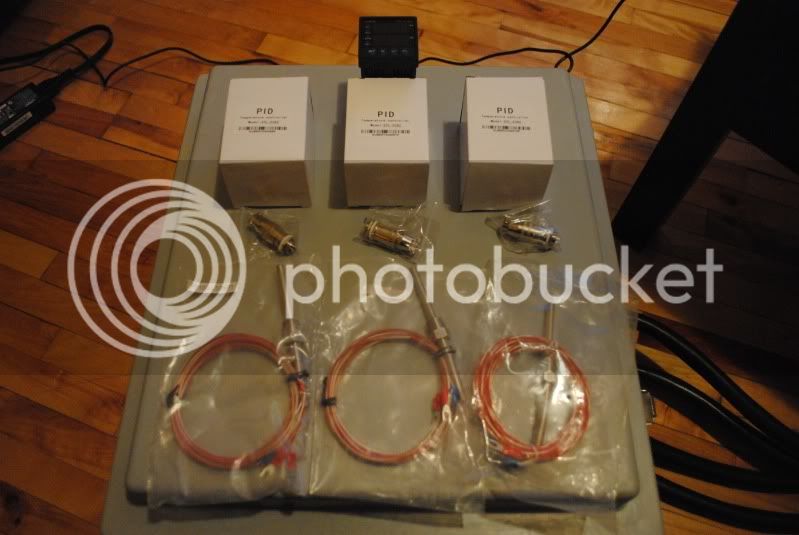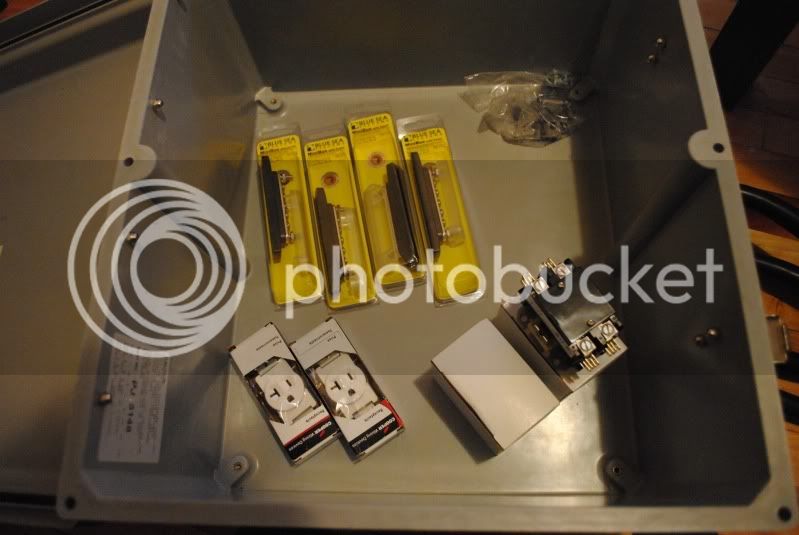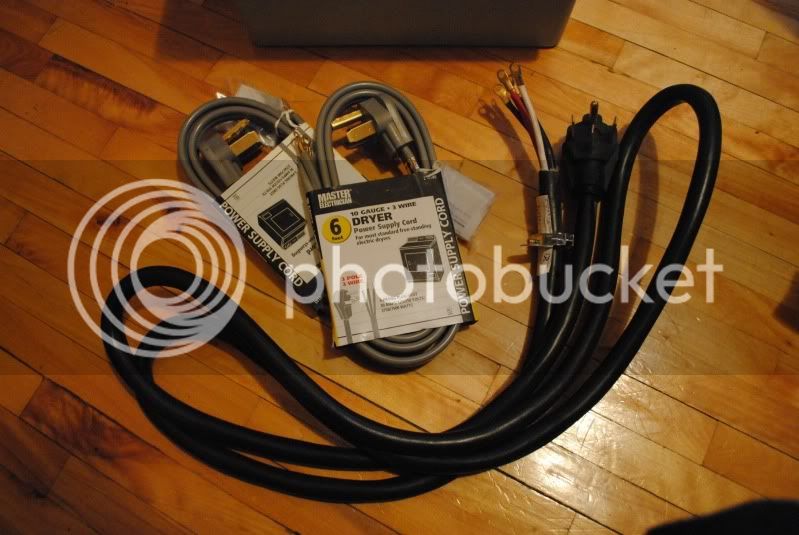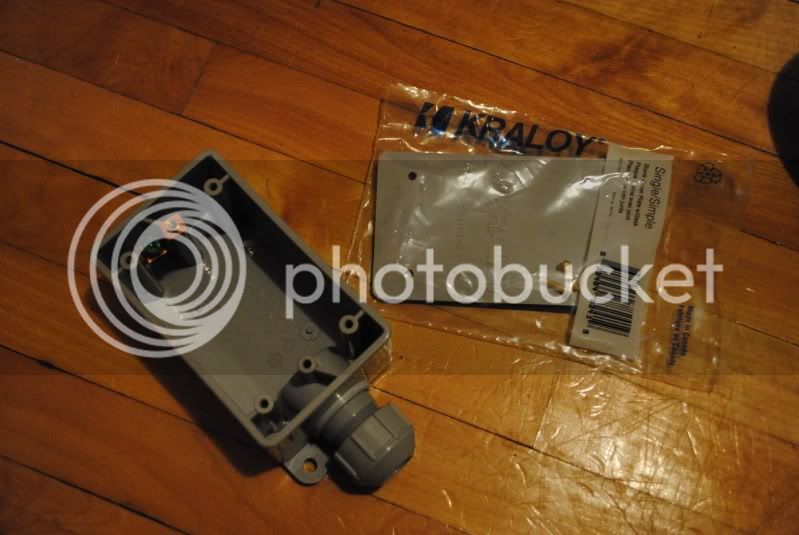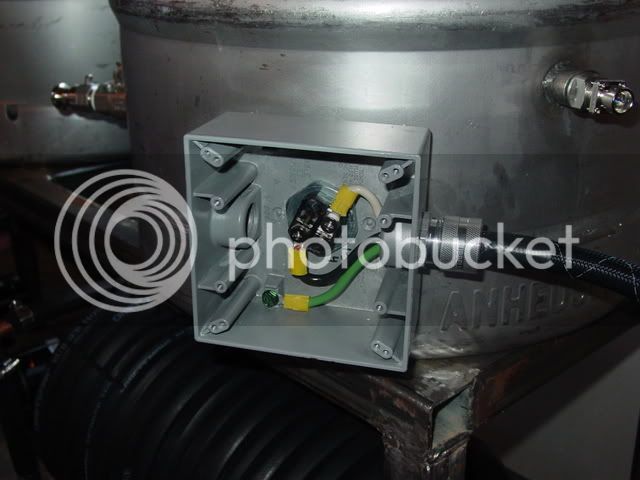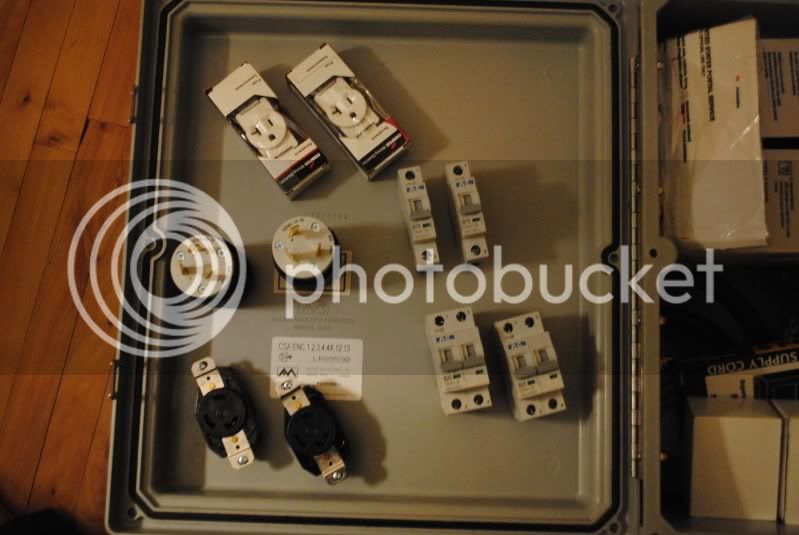CodeRage
Death by Magumba!
Tiber, a GFCI is a bit of a complex circuit, when compared to an E-stop at least. E-Stops are not nearly as susceptible to damage due to voltage surges either. Though a GFCI should fail open it is not always guaranteed to. These are the reasons why I would use an E-Stop over a GFCI.
Personally, I advise against using a dead short to ground to trip the GFCI. If you decide to keep it set up that way, at least current limit the trip. Something like a 2.2k 1/4 Watt resistor. This way you are limiting the circuit to 5 mA and should the GFCI fail, the resistor will burn up and break the circuit.
Personally, I advise against using a dead short to ground to trip the GFCI. If you decide to keep it set up that way, at least current limit the trip. Something like a 2.2k 1/4 Watt resistor. This way you are limiting the circuit to 5 mA and should the GFCI fail, the resistor will burn up and break the circuit.



 ...thanks to everyone for their input (as always!!!!)
...thanks to everyone for their input (as always!!!!)